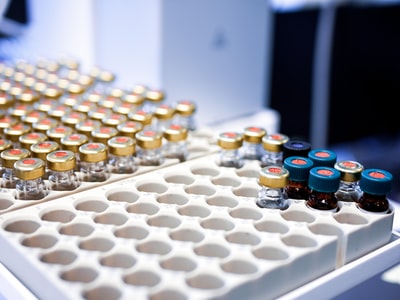
Nicotine in cigarettes leads to vasoconstriction because it causes platelets to stick to one another. This leads to an increase in blood pressure because the heart needs to work harder in order for the blood to flow through these blocked up vessels.
An increase in blood pressure causes the lining in the blood vessels to become damaged. The platelets stick onto the damaged area and release thromboplastin. This causes fibrinogen to convert into insoluble fibrin which adheres to the platelet plug forming a mesh thereby trapping the platelets. The whole situation is exacerbated by the fact that higher levels of fibrinogen in the blood stream increase the chances of clotting.
Carbon monoxide in cigarettes is also dangerous. It combines more easily with haemoglobin than oxygen to form carboxyhaemoglobin. This means that less oxygen reaches the heart and can lead to coronary heart disease. It’s also a cause of plaque formation.
——————————————————
High blood pressure

Causes of high blood pressure include:
- kidney abnormalities
- a congenital defect of the aorta
- adrenal gland tumour
However, in most cases the cause is actually unknown.
If left untreated for a long period high blood pressure can lead to atherosclerosis and blood clotting, congestive heart failure, kidney failure and stroke. Eventually the heart increases in size, a condition known as ventricular hypertrophy, which then leads to heart failure and a heart attack. When combined with other factors, including smoking, diabetes, high cholesterol levels and obesity, the chance of a heart attack is increased.